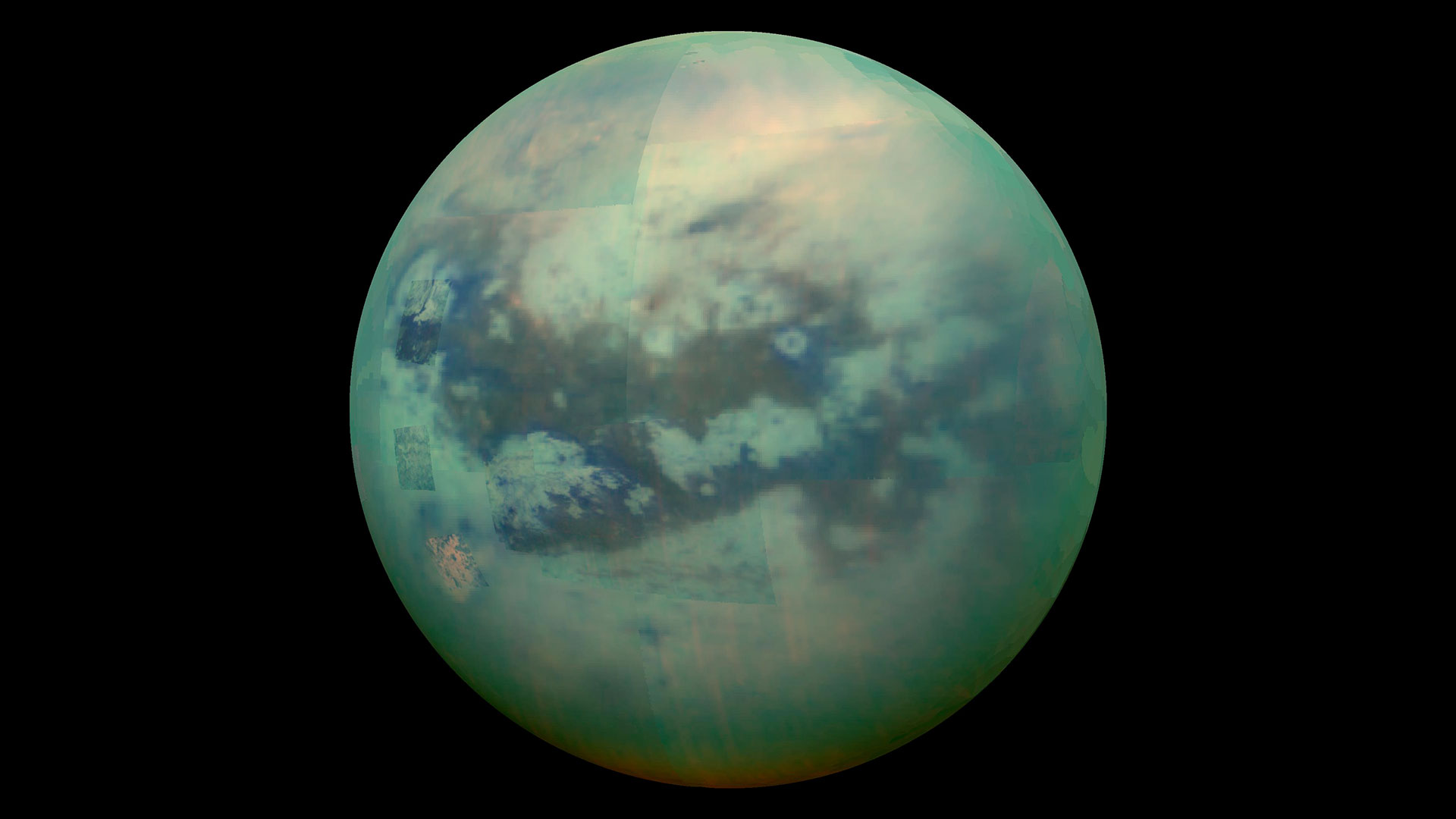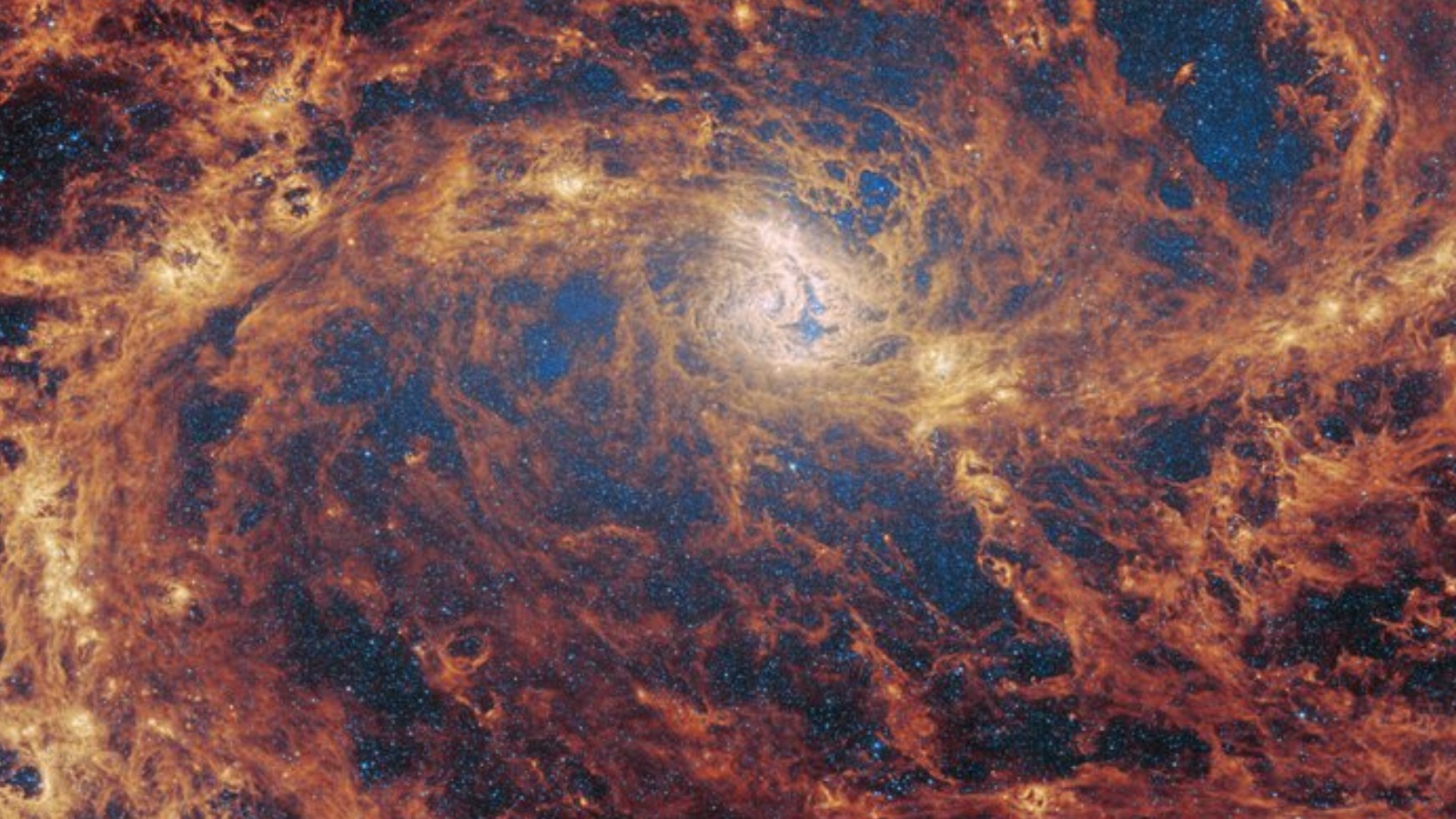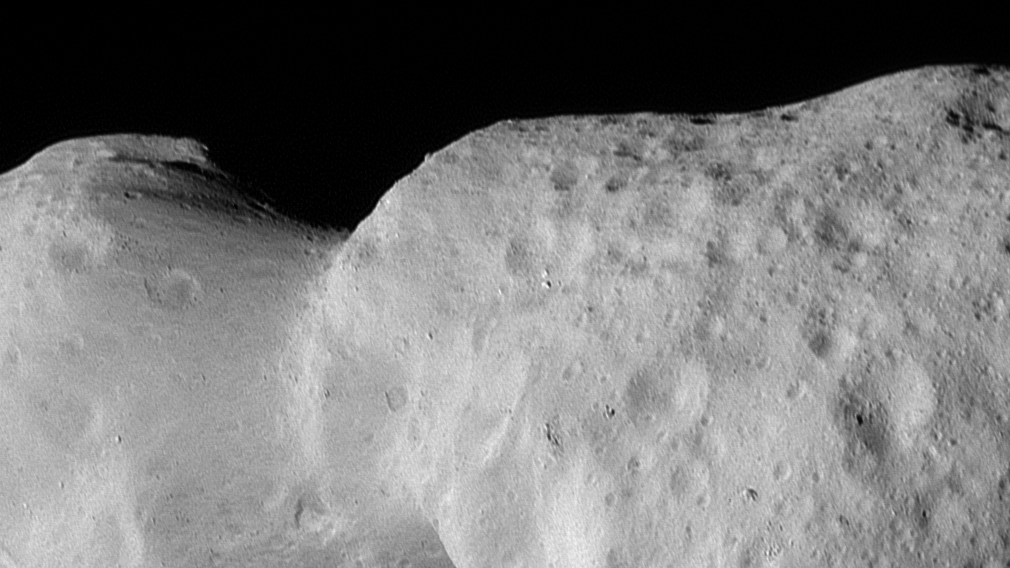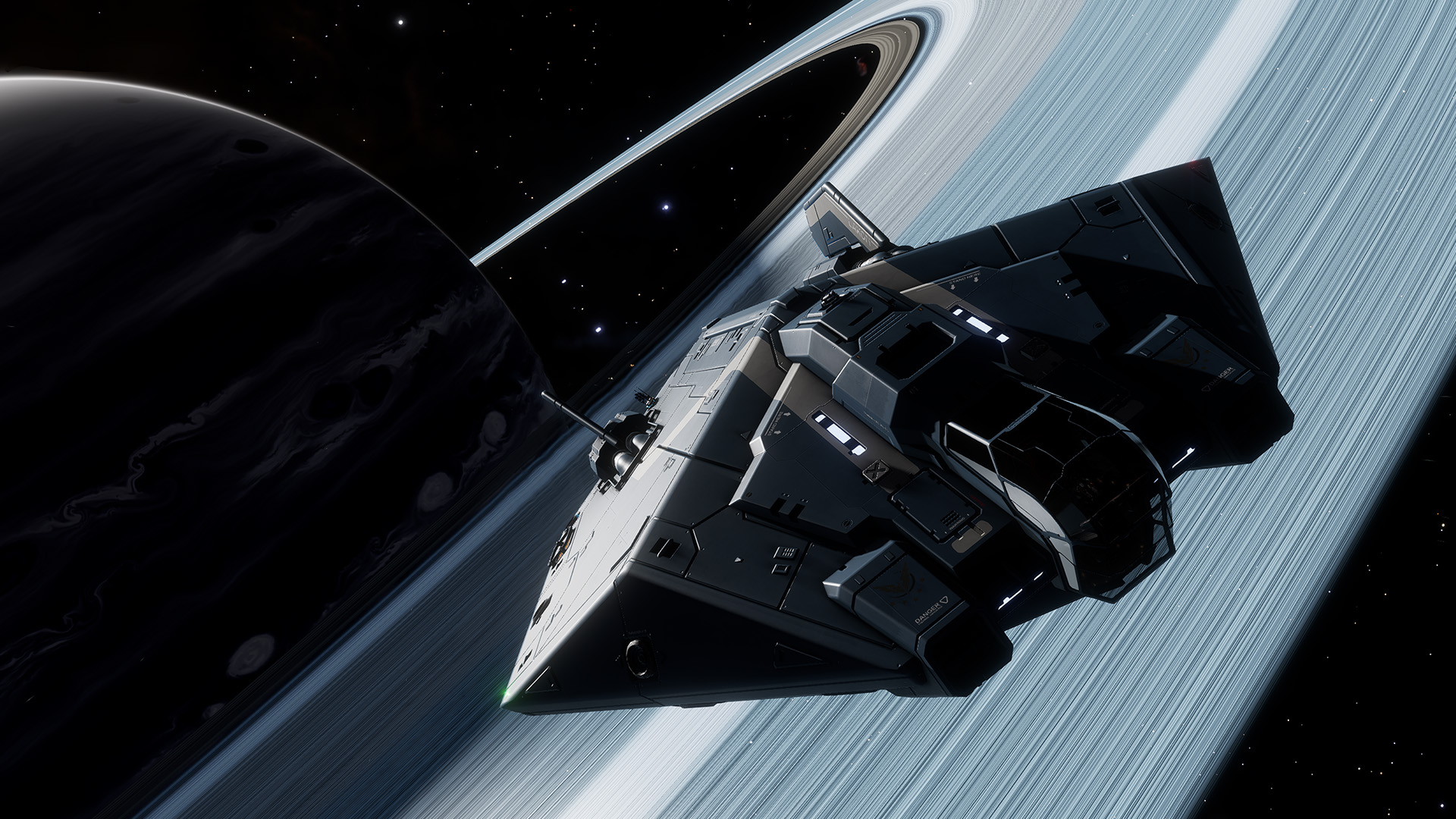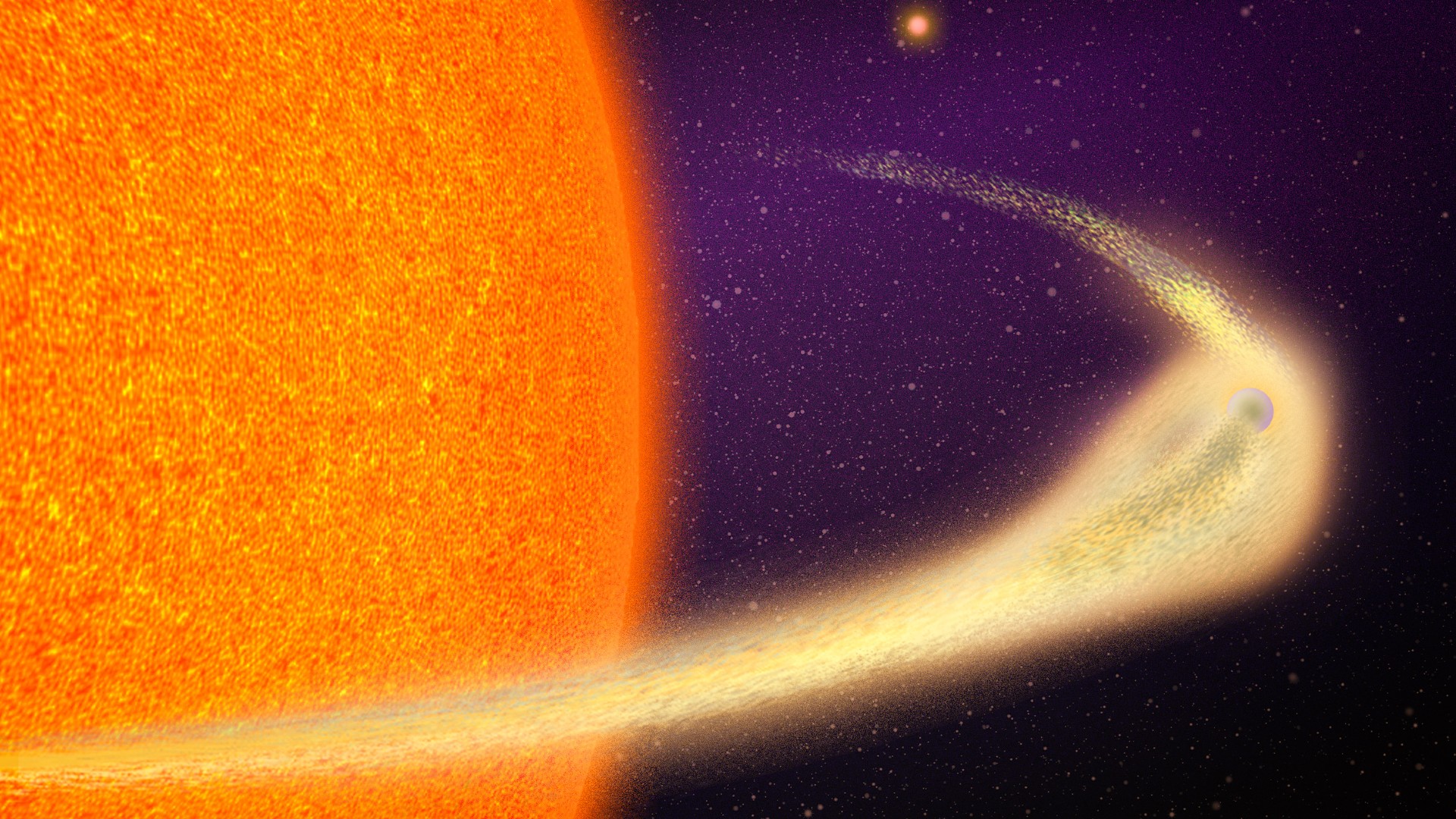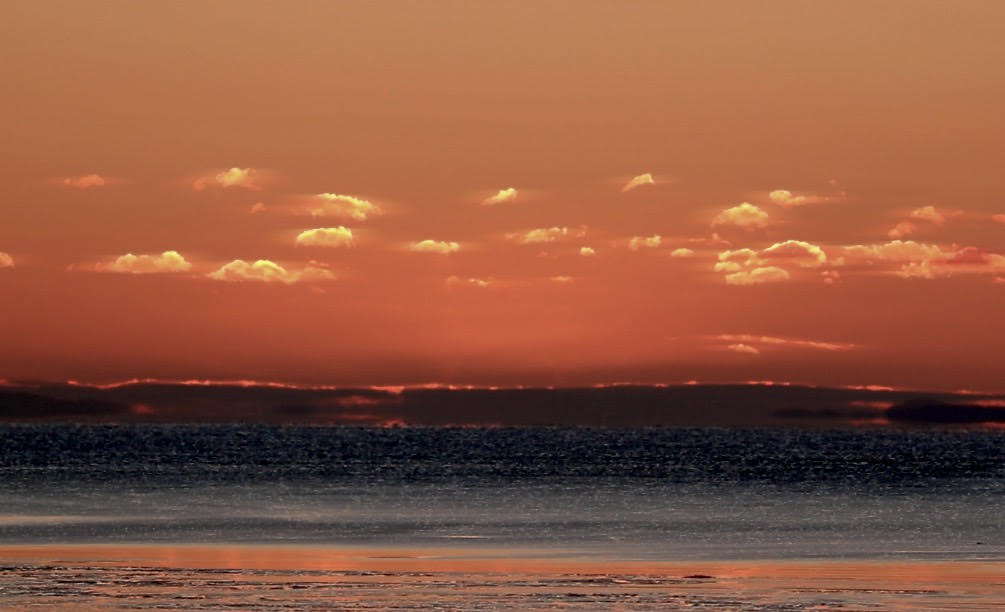Don't miss the Lyrid meteor shower peak tonight: Here's what to expect
Skywatchers, get ready! The Lyrid meteor shower is set to peak, offering a spectacular sight for anyone willing to stay up late or rise early.
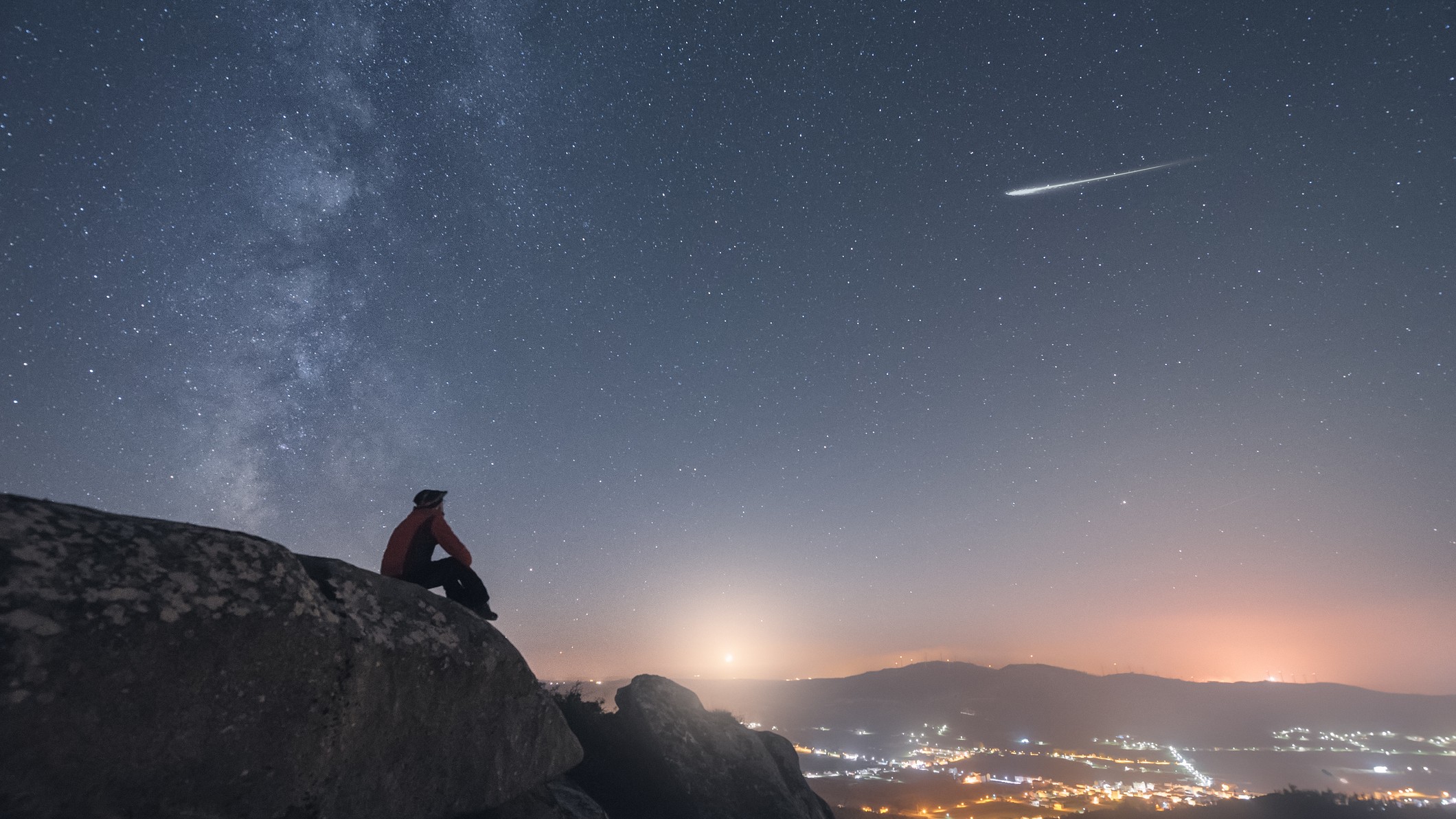
Skywatchers, get ready! The Lyrid meteor shower is peaking, offering a spectacular sight for anyone willing to stay up late or rise early.
The Lyrid meteor shower occurs between April 16-25 every year and is set to peak on the night of April 22, according to the Royal Museums Greenwich.
The Lyrids are known for their fast and bright meteors, which can leave glowing trails visible for several seconds due to their interaction with Earth's upper atmosphere. The average Lyrid shower produces 15 to 20 meteors per hour.
During this year's peak, the Zenithal Hourly Rate (ZHR) is expected to be up to 18 meteors per hour, visible under clear, dark skies when the radiant — the point where the meteors appear to originate — is directly overhead, according to In-the-Sky.org.
The shower has also been known to produce an occasional "outburst," during which up to 100 meteors per hour may be visible, though it is difficult to predict when these outbursts will occur.
The Lyrids originate from debris left by Comet C/1861 G1 Thatcher, a long-period comet discovered in 1861 that orbits the sun once every 415 years. Each April, as Earth passes through the comet's debris trail, tiny particles enter the planet's atmosphere at about 30 miles per second (49 kilometers per second) and burn up, creating bright streaks of light we see as meteors in the night sky.
This year's peak will offer excellent viewing opportunities with minimal moonlight interference from the thin crescent moon. The best time to watch the meteor shower is typically between midnight and dawn, when the radiant is higher in the sky and Earth is rotating into the stream of meteors.
Get the Space.com Newsletter
Breaking space news, the latest updates on rocket launches, skywatching events and more!
"You will begin to see Lyrids after 10 p.m. local time," Bill Cooke, who leads NASA’s Meteoroid Environment Office at the agency's Marshall Space Flight Center said in a NASA statement. "This year, the light from the crescent Moon will not interfere too much with the viewing, but it is best to look away from the Moon, preferably placing it behind you."
For the best experience, find a spot with an unobstructed view of the night sky and minimal light pollution. You'll want to dress warmly and consider bringing a reclining chair so that you can comfortably look up for meteors streaking across the sky.
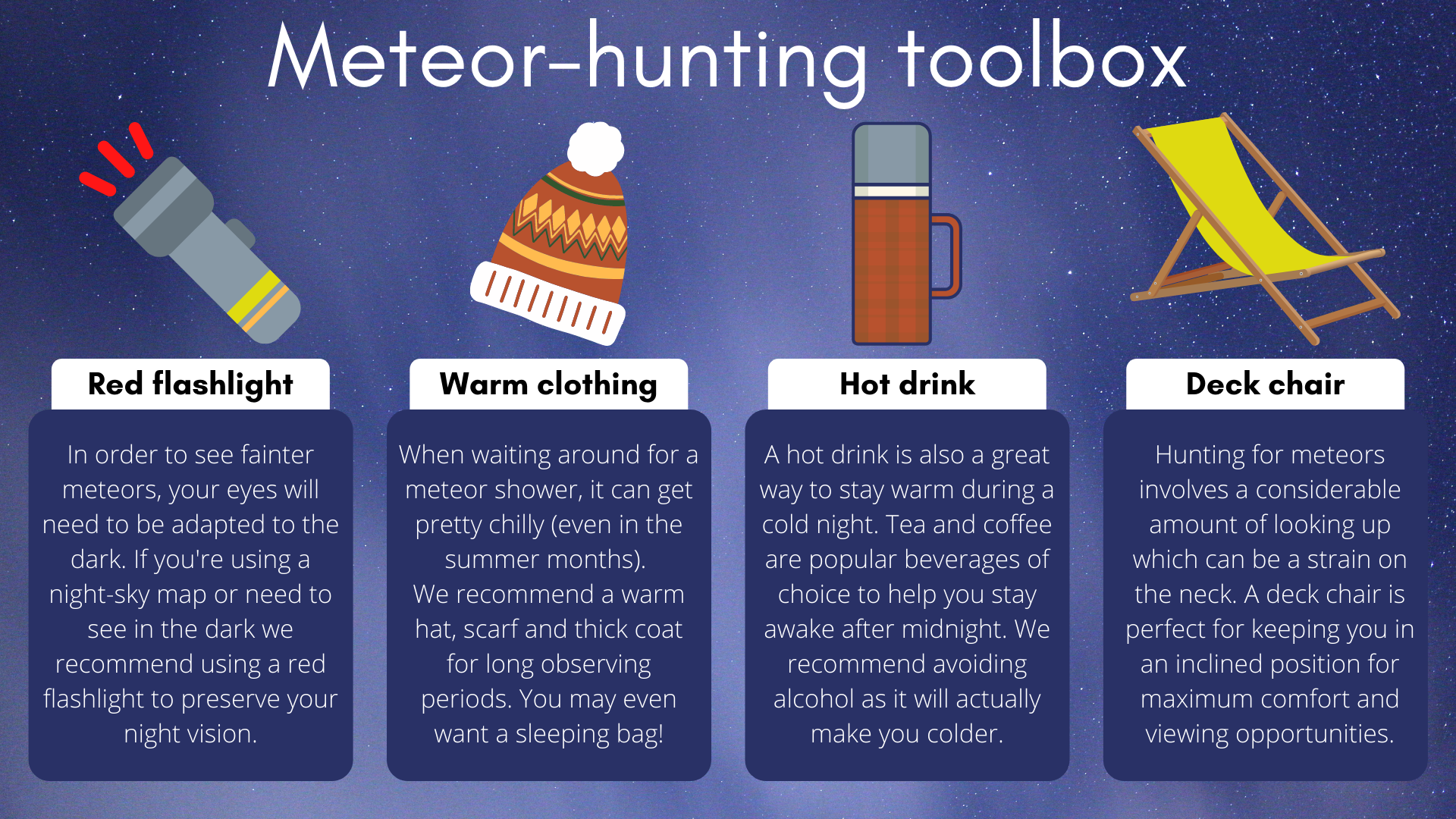
It could take up to 30 minutes for your eyes to adjust to the darkness. If you need a flashlight, use one with a red light to avoid ruining your night vision. And remember, don't focus on the radiant point — look up at the whole sky for the best chance to catch meteors as they appear from all directions. There may be long lulls between meteors, so try to be patient between visible bursts of activity.
Editor's note: If you capture a photo of the Lyrids and would like to share it with our readers at Space.com, please email it over to spacephotos@space.com
Join our Space Forums to keep talking space on the latest missions, night sky and more! And if you have a news tip, correction or comment, let us know at: community@space.com.
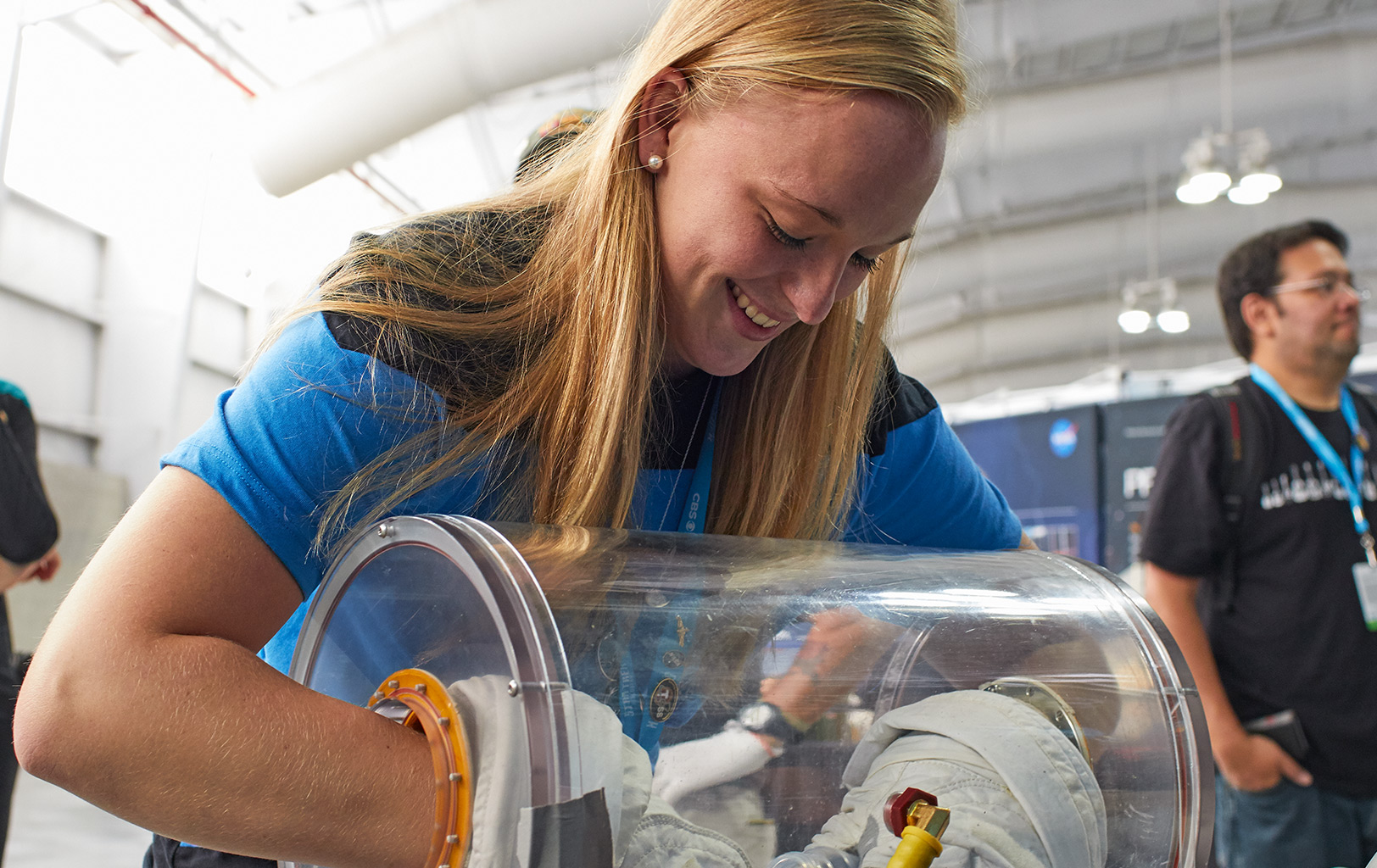
Samantha Mathewson joined Space.com as an intern in the summer of 2016. She received a B.A. in Journalism and Environmental Science at the University of New Haven, in Connecticut. Previously, her work has been published in Nature World News. When not writing or reading about science, Samantha enjoys traveling to new places and taking photos! You can follow her on Twitter @Sam_Ashley13.
You must confirm your public display name before commenting
Please logout and then login again, you will then be prompted to enter your display name.
